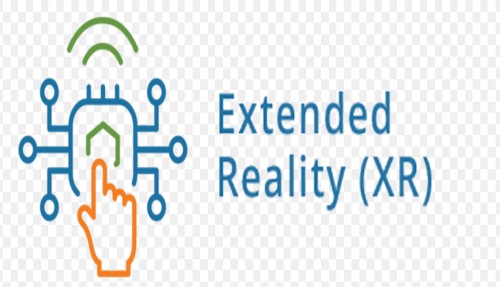Extended Reality, or XR, is an immersive technology that is revolutionizing the way people interact with the world around them. XR combines digital and physical worlds to create a unique user experience. It includes virtual, augmented, and mixed reality technologies that put users in a real-time environment where they can manipulate objects, explore new worlds, and interact with others.
XR has the potential to drastically change how people learn, play, and communicate with one another. For instance, virtual reality (VR) can be used to simulate classroom and office environments for distance learning. Augmented reality (AR) can be used to provide users with helpful information, such as directions or product specifications, without having to open an app or search for it online. Mixed reality (MR) can be used to create a composite view of the real world and digital elements, enabling users to go beyond what is physically possible.
The implications of XR extend far beyond entertainment or education. It is being used in many industries, from healthcare to tourism, to revolutionize how people work and play. For example, doctors are using XR to practice and prepare for complex operations while engineers are utilizing it to design products and optimize production processes.
The potential benefits of XR are immense. As the technology continues to progress, more innovative and powerful applications are emerging each day. However, XR also poses some challenges, such as data privacy and security issues, as well as ethical considerations surrounding the proliferation of virtual and augmented realities.
Overall, XR is an exciting field that is growing quickly and opening up a world of possibilities. It is ushering in a new era of immersive experiences and creative solutions, and it will continue to shape how people interact with the physical and digital world for years to come.




